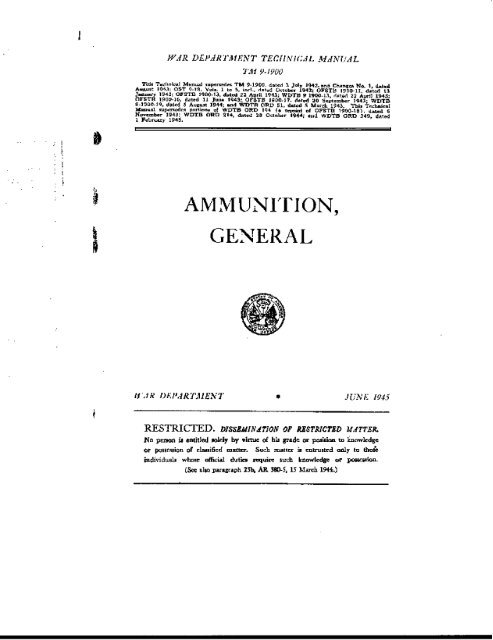

Once the fuse has been identified, the EOD officer can decide on the correct procedure.įor instance, if it’s a “number 17” (a time-delay fuse that could be set to detonate the bomb anytime between two and 80 hours after the bomb hit the ground), the procedure is to drill into the fuse and pump a saltwater solution through the fuse itself. Fortunately, says Welch, who now runs one of the UK’s largest private bomb disposal firms, Ramora UK, it’s relatively easy to identify WWII-era fuses from the codes that were punched into the fuse body during the manufacturing process.

Fuse Immunisation, as it’s known, typically involves drilling into the fuse and introducing a solution that neutralises the chemicals.Īs Dave Welch, a former Royal Navy bomb disposal officer, explains, this process varies depending on the type of fuse.

The first and most critical step in the so-called Render Safe Process (RSP) is therefore to deactivate the fuse. In his analogy the match, the most sensitive component in the whole chain, is the fuse, and the coal the explosive. For larger items, the structure required would be so enormous that this approach isn’t an option.Ĭooke likens the design of a bomb to the process of making a fire: you light a match, ignite some paper, set fire to some kindling and finally ignite the coal. For smaller devices it’s often possible to build a protective structure around the bomb and detonate it where it lies. What happens next depends largely on the size of the bomb.


 0 kommentar(er)
0 kommentar(er)
